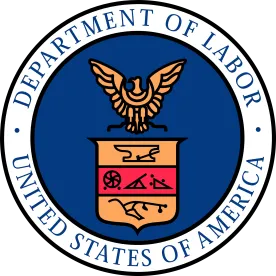As you may know, the Department of Labor has included the proposal of a new fiduciary rule on its Regulatory Agenda. The Agenda indicated that it would be issued in December of last year. But, of course, it hasn’t.
That raises the question of, if we get a proposed regulation in the near future, will it ever become a final rule?
Of course, if the current Administration wins the Presidential election, the proposed regulation would ultimately be adopted in final form (perhaps with some minor changes). However, if the White House changes parties after this November’s election, there may not be enough time for a regulation to be proposed and finalized. Here’s why.
There are several ways that a new, incoming Administration can stop a regulation from the prior Administration.
In order to finalize a regulation this year, the DOL would have to develop the proposal and send it to the Office of Management and Budget to review (and the review would likely take 30 to 60 days). There would then be a public comment period (typically 60 days) after which the DOL would need to decide whether and how to address the comments and, possibly, change the rule. Then, the DOL would finalize the regulation and send it to the OMB (usually adding 30 days to the process). The final rule would be published in the Federal Register after the review and go into effect (be a valid regulation on the books) 60 days after publication. It may not be applicable (have to be complied with) until much later–in other words, a new final rule that must be complied with 12 months from its publication typically becomes “good law” 60 days after promulgation even though it doesn’t require compliance for another 10 months after that.
There are several ways a new Administration could seek to stop regulations from the prior Administration.
For example, if a regulation has been on the books less than 60 days (and as a result, has not yet become effective), a new Administration can typically rescind it without going through a new notice and comment rulemaking process. If the new rule has been on the books more than 60 days, but isn’t “applicable” yet, a new Administration could delay the applicability date to prevent the new rule from applying, while they decide what to do next. There are also several ways to proceed depending on how aggressively the new Administration wants to use the Administrative Procedure Act (e.g., issuing interim final rules, etc.).
Separately, the Congressional Review Act could be used if the incoming Administration has the support of Congress. Congress has 60 legislative days (days in legislative session, so that could be several months, especially in an election year where Congress wraps up its business early) to review new Federal regulations and pass a disapproving resolution for the President to sign. This only works when Congress and the new President are in the same party, so it has not been used often.
Our broader point is simply that the later a final regulation emerges in the last year of a term of a Presidential Administration, the more risk exists that circumstances may permit the next Administration to undo their work. If President Trump is reelected, there is no real concern on the timing. If he isn’t, then the Administration’s regulatory agenda will be subject to different sorts of review, depending on what they did and when they did it.
This issue is most pronounced when the second term is ending and the new president is of the other party–here, it is uncertain what may happen because we can’t know the outcome of the election.





 />i
/>i
